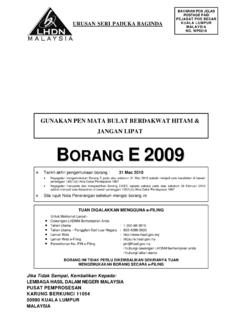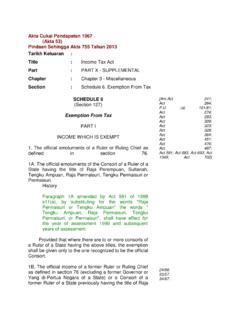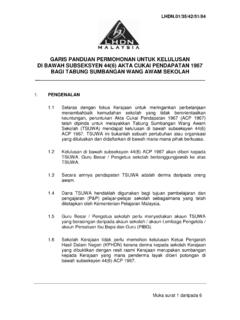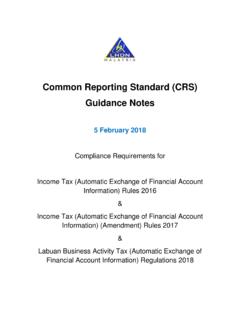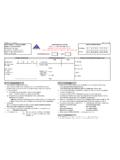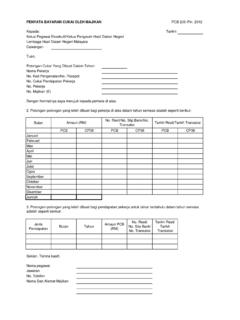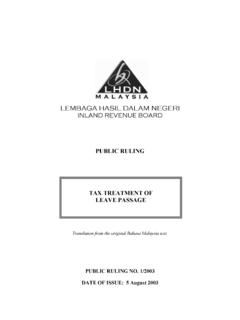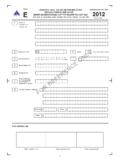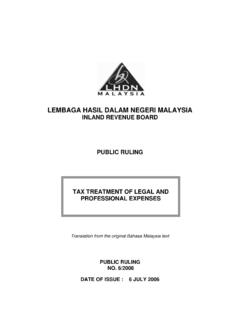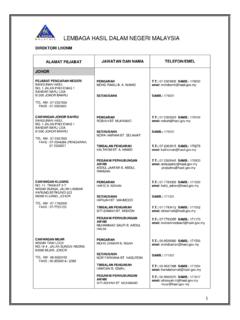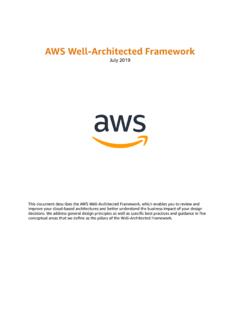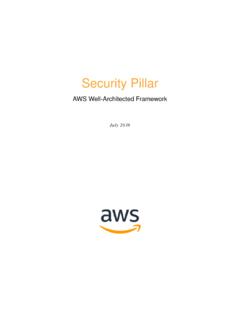Transcription of Lembaga Hasil Dalam Negeri
1 Lembaga Hasil Dalam Negeri XBRL Taxonomy framework architecture 2 Index Introduction .. 3 LHDNM XBRL Taxonomy architecture .. 3 1. Scope of the framework .. 3 2. Data model .. 3 3. Location and modularization in folder and 4 Location .. 4 Physical modularization of the LHDNM XBRL taxonomy .. 4 Definition layer .. 5 Reports 6 Entry points .. 6 4. Definitions of concepts, dimensional constructs and other .. 10 Namespaces .. 11 Concepts and constructs .. 11 Reportable concepts .. 11 Abstract 13 Dimensional constructs.
2 14 Roles used on extended links .. 14 5. Sets of relations .. 16 6. Labels .. 17 7. Application of dimensions .. 19 Default members of dimensions .. 19 Typed dimensions .. 19 8. Business Rules .. 20 9. Relation to other taxonomies .. 22 10. Versioning .. 23 11. Taxonomy Package .. 23 12. Enquiries .. 24 3 Introduction The purpose of this document is to present and explain the architecture of the framework of XBRL taxonomies created by LHDNM. In particular, it explains the scope (coverage of information requirements), modularization in files, manner of defining concepts and relations and other important design aspects.
3 This document is aimed at users of the LHDNM XBRL taxonomy, in particular business users working with the taxonomy in order to produce instance documents (by applying mappings to internal systems or assigning XBRL tags with values in any other manner) as well as developers of IT solutions facilitating reporting in the XBRL format or analysis of XBRL data. LHDNM XBRL Taxonomy architecture This section presents and explains the details of the technical architecture of the LHDNM XBRL Taxonomy. In particular, it explains the scope (coverage of information requirements), modularization in files, manner of defining concepts and relations and other important design aspects.
4 1. Scope of the framework The LHDNM XBRL taxonomy framework reflects information requirements for tax return forms and supporting tax working sheets (including SME forms). Under the current version, the scope of the framework is limited to the contents prescribed by the Business Requirement Specification document (BRS) which is a formal statement based on requirement analysis conducted with the LHDNM business users. 2. Data model Prior to the development of a taxonomy, information requirements were analysed in order to identify reportable concepts and relations between them.
5 This was prepared in the form of data model. The data model for the LHDNM XBRL Taxonomy was created as a result of analysis of the business requirement specification document. All information is represented in Microsoft Excel format. The workbook id designed in a fashion that allows specifying general characteristics of each concept, in particular the English and Bahasa Malay labels, period and data types, purpose of each item and its placement in relation to other concepts. Structure of the current data model is divided into five main sections: Overview tab that contains list of all tax working sheets and entry points defined in the taxonomy; Concepts tab that contains all elements defined in the taxonomy; Enum tab that contains structures for all drop down lists applicable in the taxonomy; Header tab that contains all common information structures defined in the taxonomy.
6 A set of other tabs that contain all hierarchies and structures used in order to arrange the information scope to be part of the taxonomy: Data model, jointly review by the international XBRL experts and LHDNM business and IT personnel, was used as a basis for development of the LHDNM XBRL taxonomy files (defining concepts, their properties and relations). 4 3. Location and modularization in folder and files Location The official root location of all files in the framework (root URL) is This domain is under control of the authority publishing the taxonomy which is the Lembaga Hasil Dalam Negeri Malaysia.
7 Components of the framework are placed in folders under the root URL followed by the date of publication according to the pattern: {root URL}/{date of publication in format YYYY-MM-DD}/{abbreviated name of a component of the framework }/{file name}. Physical modularization of the LHDNM XBRL taxonomy Below diagram presents the physical modularization applied in the LHDNM XBRL taxonomy: Figure 1: Physical modularization of the LHDNM XBRL Taxonomy LHDNM XBRL Taxonomy set recognizes two main components for the definition of reporting requirements, including: Definition layer (def) which stores common dictionary, reusable by different report types along with locally stored external schemas that are used across the taxonomy.
8 Reports layer (rep) reflecting representations of submission reports containing all necessary relations between elements defined in the common dictionary that serves as a main containers for the tax information prescribed by the LHDNM. 5 Definition layer All parts of the LHDNM XBRL Taxonomy are defined within def folder as common dictionaries, reusable by all set of forms that are part of the information requirements. Definition layer consists of three subfolders: ext folder that contains all external schema files, stored locally, that may be reused in the future across the LHDNM submission reports fdn folder that contains schema file that defines custom technical constructs created for the purposes of LHDNM XBRL Taxonomy (not covered by standard XBRL specification), including custom extended link roles for template-specific labels (described later in this document).
9 Ic folder contains core schema file ( and ) with the definition of business concepts and their XBRL properties along with Label Linkbase file ( and + corresponding SME label linkbase files) that provides human readable etiquettes (both in English and Bahasa Malaysia) for all elements defined in the dictionary. The current version of the LHDNM XBRL Taxonomy, due to the incorporation of full SSM XBRL Taxonomy, contains core schema and label linkbase of the IFRS XBRL Taxonomy 2012, within the ext folder. In the future version of the LHDNM XBRL Taxonomy, the ext folder may become obsolete, depending on the approach of the future SSMT.
10 LHDNM XBRL Taxonomy does not make use of any custom data types (as defined in the SSMT 2012), however within the fdn schema, there is a set of custom role types defined for the labels (both standard and documentation). This solution provides the ability to apply more than one label/documentation for the single element within one extended link role. Below example presents code definition of the custom role occurance1 Label: Code example 1: occurance1 Label custom role type definition Apart from the set of custom roles defined by the fdn schema, another technical attribute orientation was created for the purpose of forms visualisation.
